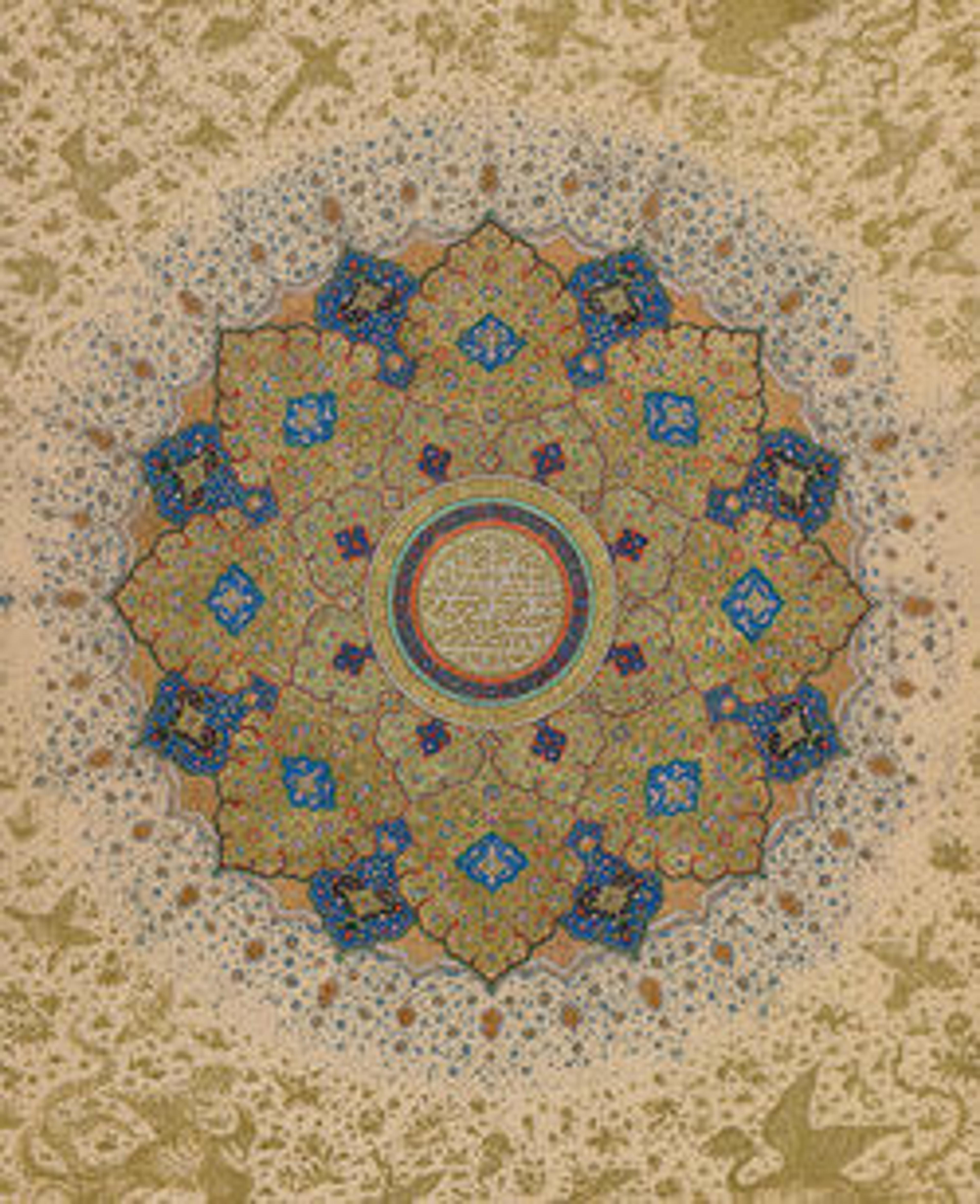Ewer with a Cock-Shaped Spout
Artwork Details
- Title:Ewer with a Cock-Shaped Spout
- Date:8th–early 9th century
- Geography:Attributed to Syria
- Medium:Bronze; cast and pierced
- Dimensions:H. 15 1/2 in. (39.4 cm)
W. 9 1/2 in. (24.1 cm)
D. 7 5/8 in. (19.4 cm)
Wt. - Classification:Metal
- Credit Line:Samuel D. Lee Fund, 1941
- Object Number:41.65
- Curatorial Department: Islamic Art
Audio
6680. Ewer with a Cock-Shaped Spout
STEFAN HEIDEMANN: My name is Stefan Heidemann. I'm a curator at the Islamic Department here at the Metropolitan Museum. When you look at the ewer… it doesn't look Islamic at all. It has features which combine the Iranian influence and the Mediterranean influence. On the one hand, the shape of the bottle is quite similar to Byzantine glass bottles. And… we find that these kind of roosters is a very popular scene in art in the Mediterranean, in the Byzantine world, and in the early Islamic world. The pomegranate is a very common motif in Eastern Iranian art, and we find it here at the descent of the handle.
NARRATOR: Make sure to take a glimpse at the wonderfully detailed handle. Also notice the openwork decoration at the top of the bottleneck. It resembles a palm tree, with some abstract elements intertwined. This same kind of ornament appears on a number of early Islamic objects.
STEFAN HEIDEMANN: So what makes it Islamic is that the boundaries between the Eastern world, the Iranian world and the Western, the Mediterranean, Byzantine world are just broken and combined and merged into a new form, which is the Islamic art.
More Artwork
Research Resources
The Met provides unparalleled resources for research and welcomes an international community of students and scholars. The Met's Open Access API is where creators and researchers can connect to the The Met collection. Open Access data and public domain images are available for unrestricted commercial and noncommercial use without permission or fee.
To request images under copyright and other restrictions, please use this Image Request form.
Feedback
We continue to research and examine historical and cultural context for objects in The Met collection. If you have comments or questions about this object record, please contact us using the form below. The Museum looks forward to receiving your comments.
